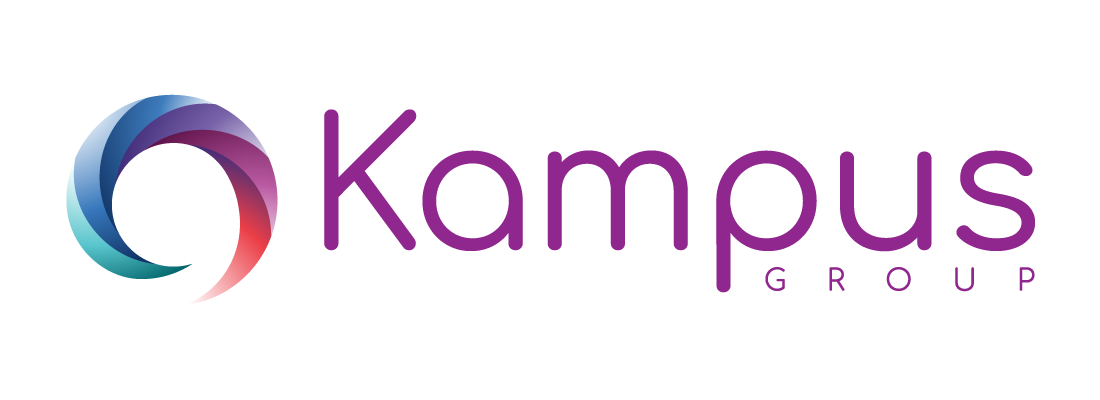If you’re planning to study, work, or migrate to an English-speaking country like Australia, you’ll need to prove your English proficiency. Two of the most commonly accepted tests are the IELTS (International English Language Testing System) and PTE Academic (Pearson Test of English). But which one is easier—or better suited—to your strengths?
Let’s break down the differences between the two so you can decide which test works best for your goals.
Key Differences Between IELTS and PTE
Both tests assess your English speaking, listening, reading, and writing skills. However, how they’re delivered and scored can feel quite different:
- Test format:
- IELTS offers both paper-based and computer-based formats.
- PTE is fully computer-based, including the speaking section.
- Speaking section:
- IELTS speaking is conducted face-to-face with a real examiner.
- PTE speaking is recorded and scored by AI technology.
- Structure:
- In IELTS, each skill is tested in separate sections.
- In PTE, speaking and writing are combined into one section, with a range of integrated tasks.
- Flexibility:
- In IELTS, you can skip questions and come back to them.
- In PTE, once you move forward, you can’t return to previous questions.
Scoring Comparison
Each test uses a different scoring scale:
| IELTS Band | Equivalent PTE Score |
|---|---|
| 5.0 | 40.8 |
| 5.5 | 45.4 |
| 6.0 | 51.6 |
| 6.5 | 58.5 |
| 7.0 | 66.3 |
| 7.5 | 74.6 |
| 8.0 | 82.3 |
| 8.5 | 88.1 |
Some institutions may require higher PTE scores compared to IELTS for the same program, especially in countries like Canada.
Prefer a Human Touch or a Machine Marker?
- IELTS speaking is conducted with a real examiner, which is great if you feel more confident in a conversational setting.
- PTE, on the other hand, uses automated scoring for speaking and writing, which some students find more consistent and less intimidating—but others might find it too impersonal.
Paper vs. Computer Test Preference
If you’re more comfortable using pen and paper, IELTS gives you that option. You can also choose the computer-based IELTS if that suits your style better.
PTE is only available on a computer. But the interface is user-friendly and includes features like font adjustment and screen readers to accommodate various needs.
Global Recognition: IELTS Takes the Lead
When it comes to worldwide acceptance, IELTS has broader recognition. It’s accepted by:
- Over 11,500 institutions in 140+ countries
- Governments for visa and migration purposes (including the UK, Australia, and Canada)
PTE is newer but growing fast, with recognition by over 3,000 institutions across countries like the USA, Australia, New Zealand, Ireland, and France.
Which Test Should You Choose?
There’s no one-size-fits-all answer—it depends on your preferences and strengths.
| Prefer this? | Take this test: |
|---|---|
| Talking to a real person during speaking | IELTS |
| Comfortable with computers and typing | PTE |
| Want paper-based test option | IELTS |
| Prefer faster results (within 2 days) | PTE |
| Seeking broader global recognition | IELTS |
Whichever test you choose, preparation is key. If you’re leaning towards IELTS, take advantage of official prep tools:
- IELTS by IDP app
- Free practice tests
- IELTS Masterclass webinars
- Custom study plans
FAQs
Q1: Which is easier, IELTS or PTE?
It depends. If you’re more comfortable speaking to a real person, IELTS may suit you. If you’re tech-savvy and prefer faster results, PTE could be easier.
Q2: Does Canada accept PTE for student visas?
Yes, Canada accepts PTE Academic for student visas via the SDS route—but the required scores may be higher compared to IELTS.
Q3: Which test gives faster results?
PTE usually delivers results within 48 hours, while IELTS may take 3–5 days for computer-based and 13 days for paper-based tests.
Q4: Are both tests accepted for Australian migration?
Yes, both IELTS and PTE are accepted by the Australian government for visa and migration purposes.
Q5: Can I switch between tests?
Yes. You can choose the test that suits your timeline and comfort, provided your chosen university or migration program accepts it.

